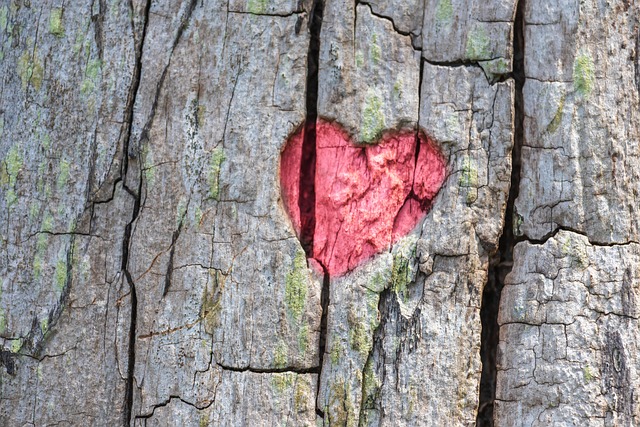After a storm, your first concern may be the safety of your property—and that includes your trees. If you’re in Easley, SC, and suspect storm damage, professional tree trimming or pruning services are crucial for both your safety and your property’s protection. This guide explores how to identify damaged trees, key safety measures during emergency removals, advanced tree trimming techniques, and steps to restore your property after storms.
- Identifying Storm Damage in Trees
- Safety Precautions for Emergency Removals
- Professional Tree Trimming Techniques
- Restoring Your Property After Storms
Identifying Storm Damage in Trees
When a storm hits, it can leave behind a trail of damage, and your trees are no exception. Identifying storm damage in Easley SC tree trimming or pruning services is crucial to ensure the safety of your property and surrounding landscapes. Keep an eye out for broken branches that protrude dangerously close to buildings or power lines—these should be addressed immediately by professionals.
Visual signs like cracked trunks, split crotches, or uprooting are also indicators of severe stress on the tree. If you notice any of these issues post-storm, it’s best to contact a certified arborist for an assessment. Early intervention can prevent further decay and ensure your trees’ longevity. Prompt action is key; don’t delay in getting help with tree trimming or pruning services to mitigate potential risks associated with storm-damaged trees.
Safety Precautions for Emergency Removals
When a storm damages trees on your property, prompt action is crucial for both safety and prevention of further damage. However, attempting to remove or trim these hazardous trees yourself can be extremely dangerous. That’s why it’s essential to turn to professional tree trimming and pruning services in Easley SC, especially during emergencies.
Professional arborists are trained to navigate treacherous situations, including fallen branches and uprooted trees. They utilize specialized equipment and adhere to strict safety protocols to ensure the minimal risk of injury or property damage. Trusting your storm-damaged trees to experts in tree trimming Easley SC will not only protect you but also preserve the health and beauty of your landscape once the emergency has passed.
Professional Tree Trimming Techniques
When it comes to tree trimming and pruning in Easley, SC, professionals employ a variety of techniques designed to enhance the health and aesthetics of trees. The process begins with an expert assessment to determine the best approach for each unique tree. This may involve selective removal of branches to improve structure, increase sunlight penetration, or reduce risk of future damage during storms.
Professionals use specialized tools and equipment to ensure clean cuts, promoting faster healing and minimizing damage to the tree. Pruning is done at the appropriate time of year to avoid stress on the plant, and techniques vary based on the species and age of the tree. Proper trimming not only keeps trees healthy but also prevents them from becoming a hazard during severe weather events, making it an essential service for homeowners and businesses alike in Easley, SC.
Restoring Your Property After Storms
After a storm hits, it’s common for trees to sustain damage, which can pose significant risks to your property and safety. The first step in restoring your property is assessing the storm’s impact on your trees. If you notice any signs of severe damage, such as broken branches, uprooted trees, or cracks in the trunk, it’s crucial to seek professional help for emergency tree removal. Companies specializing in tree trimming and pruning Easley SC are equipped to handle these situations safely and efficiently.
Once the dangerous trees have been removed, it’s time to focus on restoration. This may involve tree replacement or repairing structural damage to your property. Regular maintenance, including trimming and pruning, is essential to prevent future storm damage. A professional tree care service can provide guidance on the best practices for tree upkeep, ensuring your trees are healthy and less likely to cause issues during severe weather events.
